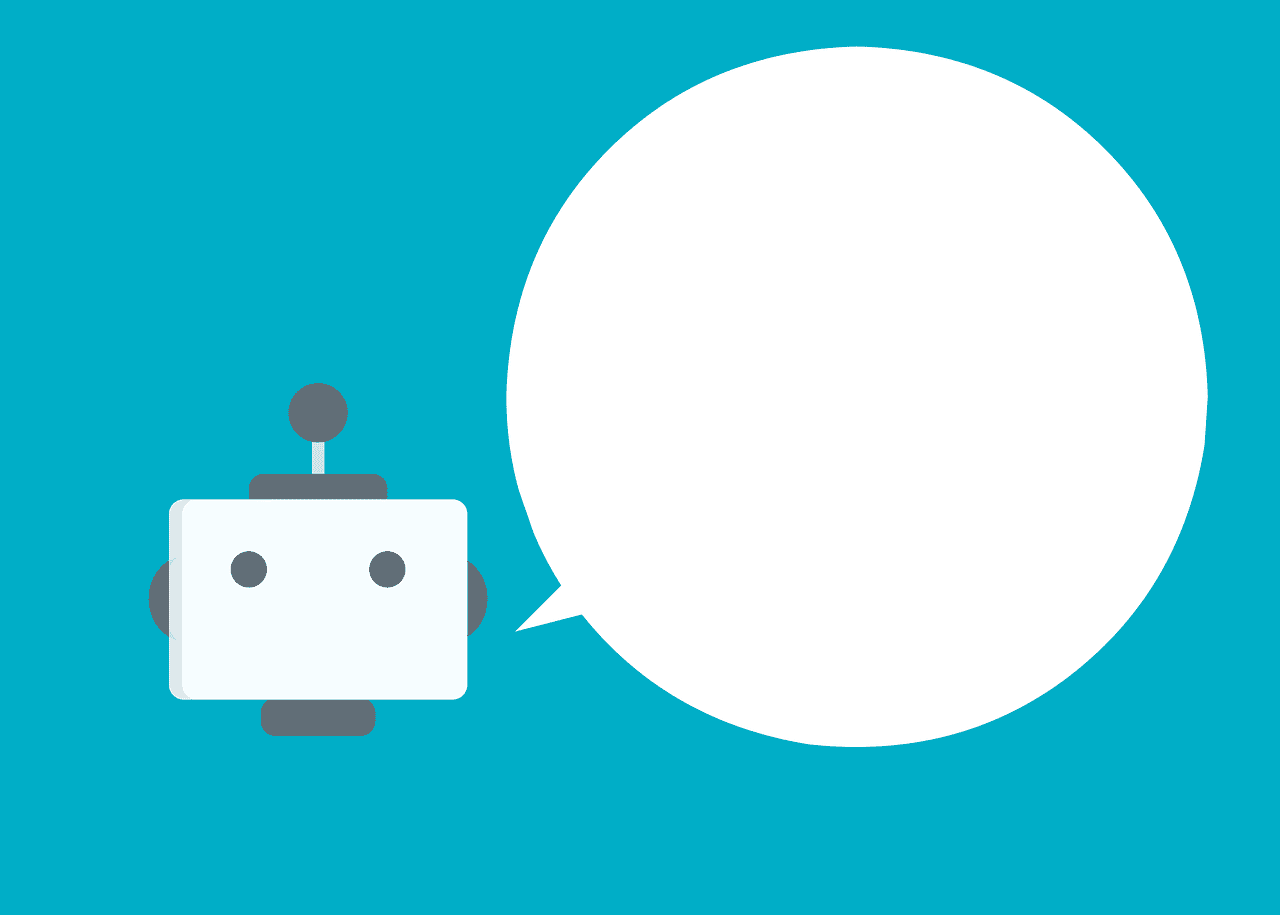
Wendy Gonzalez for Forbes
Artificial intelligence (AI) and machine learning (ML) are some of the buzziest terms in tech and for a good reason. These innovations have the potential to tackle some of humanity’s biggest obstacles across industries, from medicine to education and sustainability. One sector, in particular, is set to see massive advancement through these new technologies: assistive technology.
Assistive technology is defined as any product that improves the lives of individuals who otherwise may not be able to complete tasks without specialized equipment, such as wheelchairs and dictation services. Globally, more than 1 billion people depend on assistive technology. When implemented effectively, assistive technology can improve accessibility and quality of life for all, regardless of ability.
Here are three ways AI is currently improving assistive technology and its use-cases, which might give your company some new ideas for product innovation:
Ensuring Education For All
Accessibility remains a challenging aspect of education. For children with learning disabilities or sensory impairments, dictation technology, more commonly known as speech-to-text or voice recognition, can help them to write and revise without pen or paper. In fact, 75 out of 149 participants with severe reading disabilities reported increased motivation in their schoolwork after a year of incorporating assistive technology.
This technology works best when powered by high-quality AI. Natural Language Processing (NLP) and machine learning algorithms have the capability to improve the accuracy of speech recognition and word predictability, which can minimize dictation errors while facilitating effective communication from student to teacher or among collaborating schoolmates.
That said, according to a 2001 study, only 35% of elementary schools — arguably the most significant portion of education a child receives — provide any assistive technology. This statistic could change due to social impact of AI programs. These include Microsoft’s AI for Accessibility initiative, which invests in innovations that support people with neuro-diversities and disabilities. Its projects include educational AI applications that provide students with visual impairments the text-to-speech, speech recognition and object recognition tools they need to succeed in the classroom.
Better Outcomes For Medical Technology
With a rapidly aging population estimated to top approximately 2 billion over the age of 60 by 2050, our plans to care for our loved ones could rely heavily on AI and ML in the future. Doctors and entrepreneurs are already paving the way; in the past decade alone, medical AI investments topped $8.5 billion in venture capital funding for the top 50 startups.
Robot-assisted surgery is just one AI-powered innovation. In 2018, robot-assisted procedures accounted for 15.1% of all general surgeries, and this percentage is expected to rise as surgeons implement additional AI-driven surgical applications in operating rooms. When compared to traditional open surgery, robot-assisted surgeons tend to leave smaller incisions, which reduces overall pain and scarring, thereby leading to quicker recovery times.
AI-powered wearable medical devices, such as female fertility-cycle trackers, are another popular choice. Demand for products including diabetic-tracking sweat meters and respiratory patients’ oximeters have created a market that’s looking at a 23% CAGR by 2023.
What’s more, data taken from medical devices could contribute to more than $7 billion in savings per year for the U.S. healthcare market. This data improves doctors’ understanding of preventative care and better informs post-recovery methods when patients leave after hospital procedures.
Unlocking Possibilities In Transportation And Navigation
Accessible mobility is another challenge that assistive technology can help tackle. Through AI-powered running apps and suitcases that can navigate through entire airports, assistive technology is changing how we move and travel. One example is Project Guideline, a Google project helping individuals who are visually impaired navigate their way through roads and paths with an app that combines computer vision and a machine-learning algorithm to aid the runner alongside a pre-designed path.
Future runners and walkers may one day navigate roads and sidewalks unaccompanied by guide dogs or sighted guides, gaining autonomy and confidence while accomplishing everyday tasks and activities without hindrance. For instance, developed and spearheaded by Chieko Asakawa, a Carnegie Mellon Professor who is blind, CaBot is a navigation robot that uses sensor information to help avoid airport obstacles, alert someone to nearby stores and assist with required actions like standing in line at airport security checkpoints.
The Enhancement Of Assistive Technology
These are just some of the ways that AI assistive technology can transform the way individuals and society move and live. To ensure assistive technologies are actively benefiting individuals with disabilities, companies must also maintain accurate and diverse data sets with annotation that is provided by well-trained and experienced AI teams. These ever-updating data sets need to be continually tested before, during and after implementation.
AI possesses the potential to power missions for the greater good of society. Ethical AI can transform the ways assistive technologies improve the lives of millions in need. What other types of AI-powered assistive technology have you come across and how could your company make moves to enter this industry effectively?
Visit our friends over at TranscriptionGear to get the rest of what you need! From headsets to foot pedals, they have you covered.








